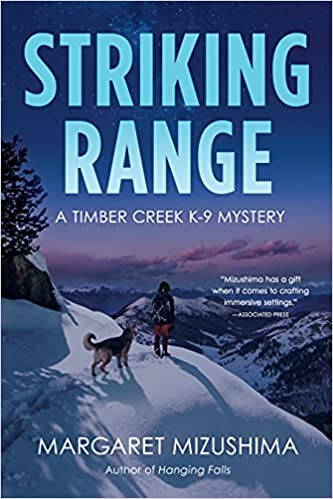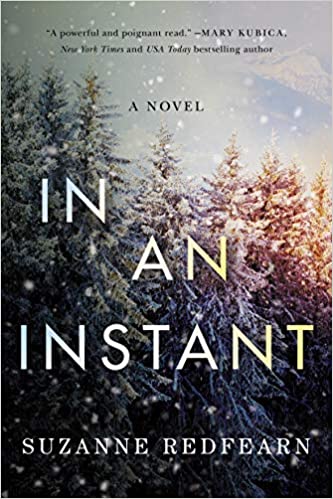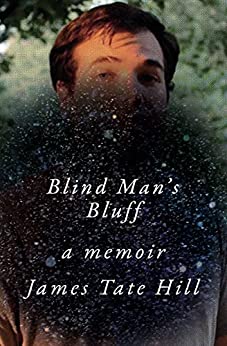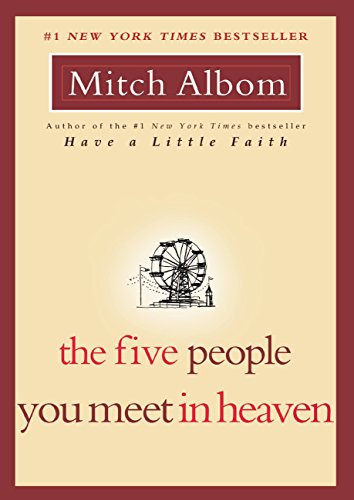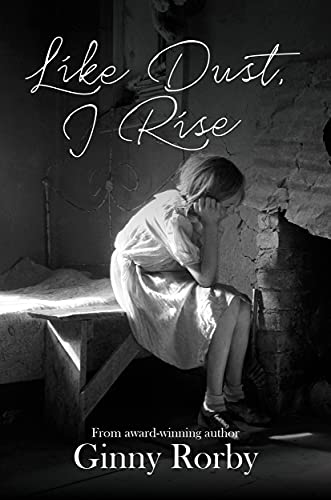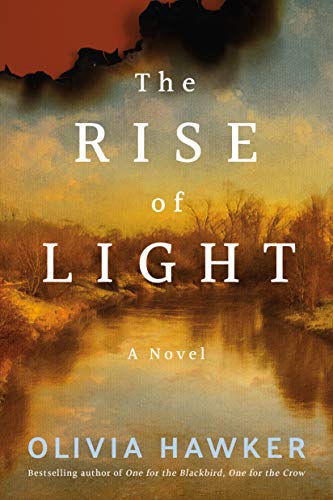
The Rise of Light by Olivia Hawker is a powerful novel that takes place in Rexburg, Idaho, 1975. The story is based on real events that occurred within the author’s family.
Tamsin, 17, is the youngest child and only daughter of the Rigby family. Her twin brothers, Ondi and Brig,19, are preparing to serve their mission, expected of young men of the Latter-Day Saint (Mormon) faith. Aran, the oldest child at 23, is Tamsin’s favorite brother. His great love is art, though his talent is frowned upon by his father.
Gad, the patriarch of the Rigby family, is a tyrant, an emotionally abusive father who uses the Church doctrines to mold his family into what he feels is righteous behavior. Even though Aran is an exceptional artist, Gad scorns his son’s talent, expecting him to carry on the family business of sign making. His wife, the mother of their four children, is meek, obedient, and long-since stripped of any individuality or joy.
When Linda Duff moves from Seattle to Rexburg, she’s considered an outsider, even though she is a baptized Mormon. She simply isn’t “one of them.” Linda craves normalcy, a way of life different from her bitter childhood. She becomes friends with both Tamsin and Aran, friendships that their father disapproves. Linda encourages Aran with his artistic talent, can see a future for him in the art world. With Linda, Tamsin can share her real feelings, can see that there is life beyond the restrictions of her overbearing father who won’t even discuss her foolish desire to attend university, but rather insists she marry by age 19 and become a good wife and mother.
When a violent catastrophe occurs affecting the whole town, the ensuing floodwaters create a flood of emotions with no hope of turning back, of returning to what they once had.
The Rise of Light is a masterpiece of family dynamics, of the art world, and of the courage it takes to follow one’s heart. I appreciate the author’s ability to capture landscape, to include the tiniest details, making the scenes come to life. She vividly describes Aran’s art and how he sees light and interprets it on canvas. This is a worthy novel, a captivating read that I highly recommend.




